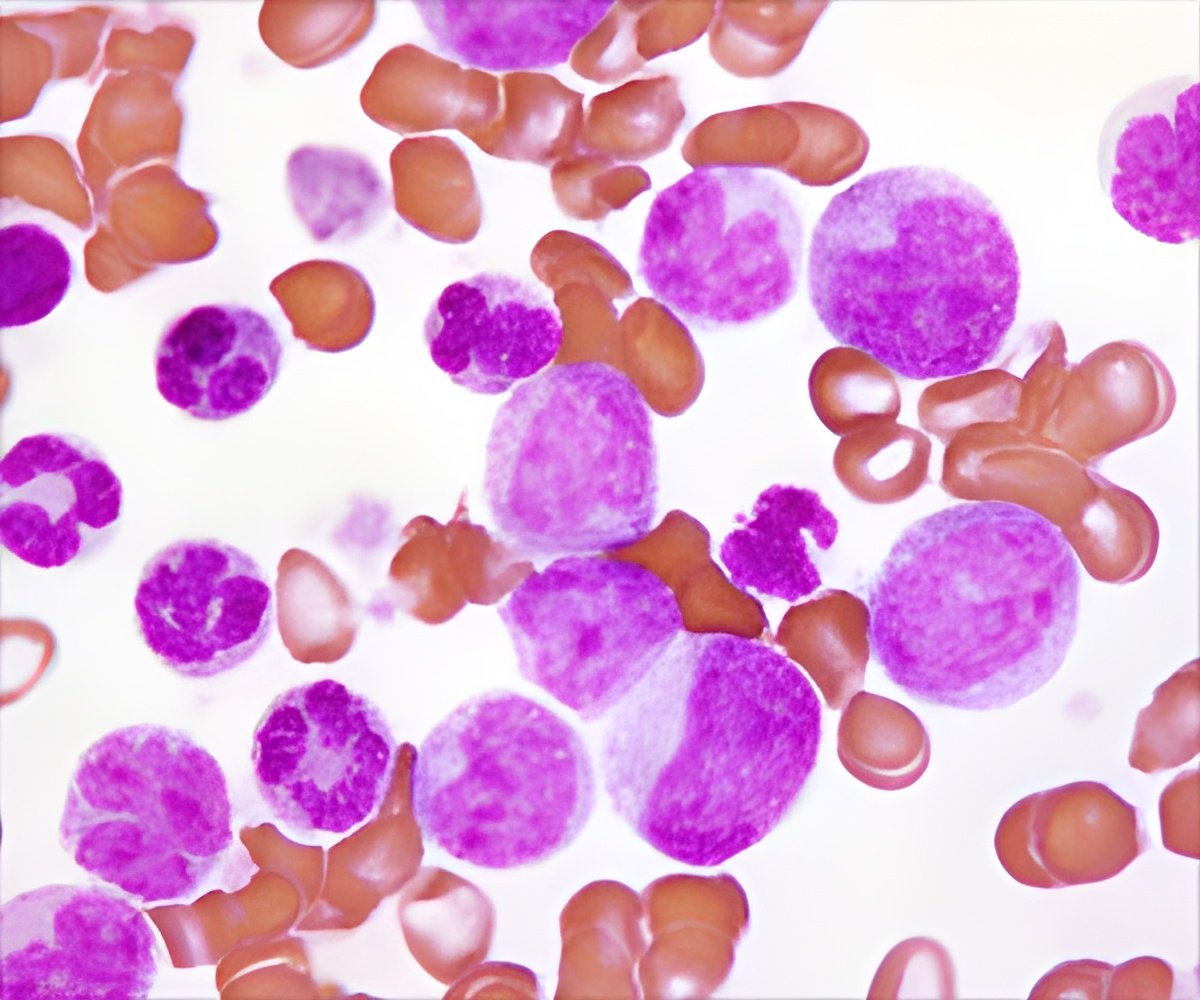Scientists trying to find new ways to treat cancer often try to look for subtle changes in DNA, proteins, cells and tissues
Scientists trying to find new ways to treat cancer often try to look for subtle changes in DNA, proteins, cells and tissues. Now, to aid in that fight, a team of researchers has developed a sophisticated new optical imaging tool that enables scientists to look deep within tumors and uncover their inner workings. In experiments that will be described at Frontiers in Optics (FiO), The Optical Society's (OSA) Annual Meeting, Dai Fukumura and his colleagues will present new optical imaging techniques to track the movement of molecules, cells, and fluids within tumors; examine abnormalities in the blood vessel network inside them; and observe how the tumors were affected by treatments.
These techniques, created by Fukumura and his long-term collaborators at Massachusetts General Hospital and Harvard Medical School, combine two different high-tech optical imaging methods that were custom-built for the research. One is called multiphoton laser-scanning microscopy (MPLSM), which is an advanced fluorescence imaging technology that is now commercially available at the high end of the microscope market. The other is called optical frequency domain imaging (OFDI), which images tissues by their light scattering properties. According to Fukumura, OFDI is gaining popularity in the optical imaging field but has yet to become commercially available.
"MPLSM overcomes many of the limitations from which conventional microscopy and confocal microscopy suffer, and OFDI provides robust large volume imaging data," Fukumura said.
Source-Eurekalert












